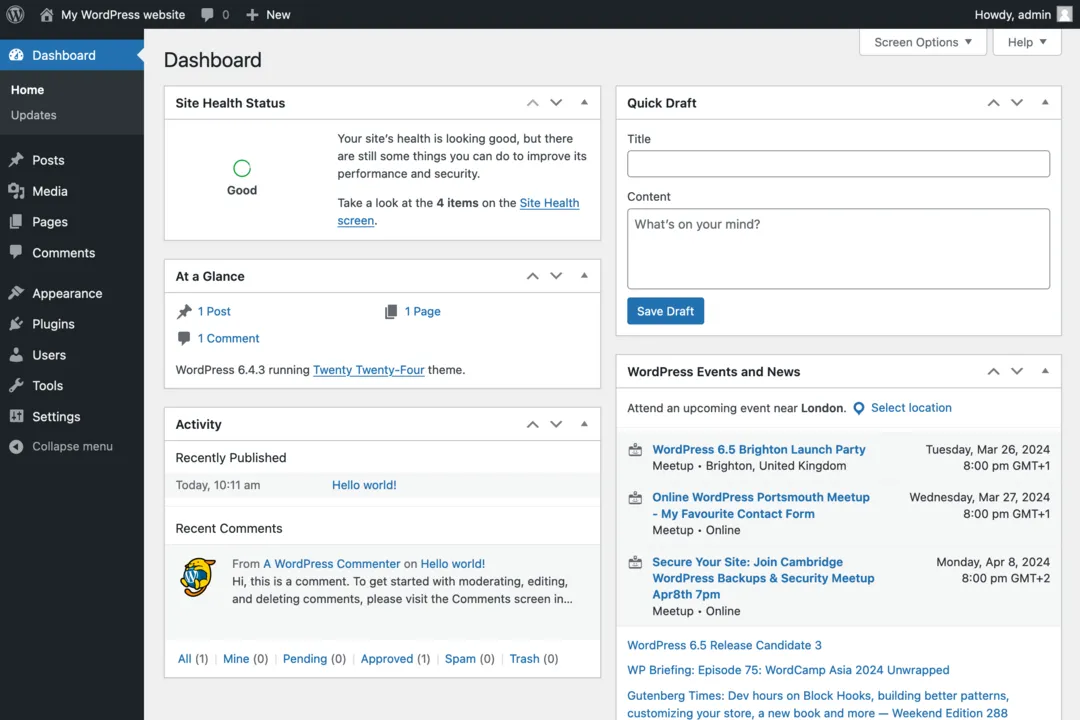From Track to Template: Using Horse Racing Metrics to Benchmark Your WooCommerce Store Performance
If you are a true horse racing fan, you already know it’s not just about the finish line. Commentators throw around terms like split times, furlong pace, and track conditions because each detail tells you the story behind the race.
Winning a horse race is more than just about raw speed. It’s more about balance, power management, position, and strategy. Running a WooCommerce store is surprisingly similar. You don’t just look at sales totals and call it a day, right?
You track the small but important performance metrics that reveal some interesting details about your store that can help you evaluate the long-term success. In other words, we as WooCommerce Store owners can learn a lot from horse racing metrics. After all, we are talking about a sport that’s based on data and that has survived for thousands of years.
So, how can horse racing metrics help us see whether or not we are on the right track without WooCommerce store?
Site Speed and First Impressions
When we talk about horse racing, a clean break from the gate is very important. A horse that stumbles or hesitates will spend the rest of the race playing catch-up. The same thing goes for your WooCommerce store’s load speed.
Yes, we start with a technical and boring aspect, but this is more important than anything else. Why? Well, most customers today won’t wait more than a couple of seconds for a page to load, and only one second delay can reduce conversions by up to 7% or more.
And it’s not only about the sheer speed. If you look at horse racing, you can see that the “break” is also important. In WooCommerce terms, the “break” signifies first impressions when a customer lands on your site. It is clear what you sell? Do your product images load properly? Do they have nice things to look at?
So, aim for a clean site, a minimalistic design, and focus on power and design.
Conversion Rates and Mid-Race Rhythm
After the break, the job for the horses is not done. The first couple of seconds of the race is little bit chaotic, but then every good horse settles into a rhythm. They don’t sprint the whole way; they conserve energy, stay balanced, and position themselves smartly in the pack.
Well, running an e-commerce store requires the same principles. Attracting visitors and having a fast-loading website is one thing, and turning those visitors into customers is another. The average eCommerce conversion rates are around 2-3%. If you are below that, it’s like your horse is running wide on the turn losing valuable time and burning unnecessary energy. If you are higher, it means that your horse is sitting comfortably in rhythm ready to strike when it counts.
Improving conversion rates isn’t magic. It’s about refining the basics. Make sure you have clear product descriptions, trustworthy reviews, simple checkout processes, and visible security seals. Avoid redirections, especially during checkout, and avoid adding hidden costs or false marketing.
It’s all about micro adjustments, and not every strategy works the same with every store. It’s like in horse racing, where jockeys are making micro-adjustments throughout the race. The important thing here is to gather all the important data that will indicate where your conversion rates stumble.
In horse racing, a professional handicapper will first open the previous winners of a particular race like the Breeders’ Cup. The list is huge, and each horse has different characteristics. Their goal here is to go through the list of Breeders’ Cup Winners and find out what led them to victory. Check out more here: https://www.twinspires.com/breeders-cup/results/
Well, the same strategy could work for your e-commerce store when trying to improve conversion rates. Gather some data first, test some strategies, and find the main cause that reduces your conversion rate.
Market Conditions and Competition
Even the best horse can struggle if the track is muddy or if a fierce rival sets a blistering pace. E-commerce is no different. Sometimes the market is booming, like during the holiday shopping rush, and your store feels like it’s flying over firm ground. Other times, external factors like supply chain delays or new competitors can slow you down, like running through heavy turf.
Keeping an eye on these “track conditions” is critical. Are your competitors slashing prices? Has customer demand shifted to new product categories? Is there a seasonal trend you can take advantage of? In racing, trainers adjust strategies based on conditions, switching horses to different distances or surfaces.
As a store owner, you should do the same. Adapt to the market rather than trying to force the same strategy every time.
Retention and Customer Lifetime Value
Every race comes down to the final furlong. That’s when stamina matters most. Some horses fade; others surge. In WooCommerce, this is your ability to retain customers and build long-term loyalty.
Getting someone to make a first purchase is like winning an early lead; it feels good, but it doesn’t guarantee the win. The true champions are the stores that bring customers back again and again.
Repeat buyers not only spend more over time, but they also cost far less to retain than constantly acquiring new ones. According to some industry data, increasing customer retention by just 5% can boost profits by 25-95%.
This is where you dig deep: personalized email campaigns, loyalty programs, excellent customer service, and reliable shipping. It’s the equivalent of a horse that keeps finding more in the stretch, powering past rivals when it counts most.
So, at the end of the day, running a WooCommerce store is a lot like managing a racing stable. You need to prepare the horse (site), keep it healthy (optimized), and study the competition (market).

Leave a Reply